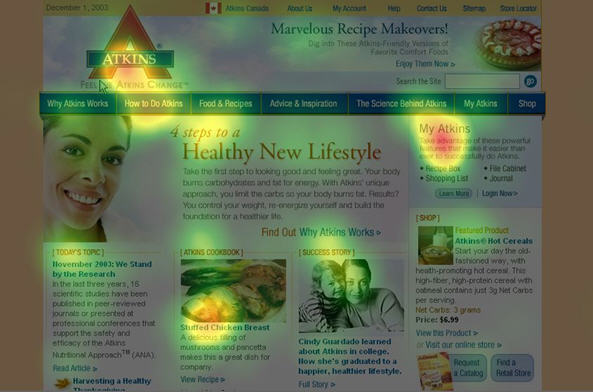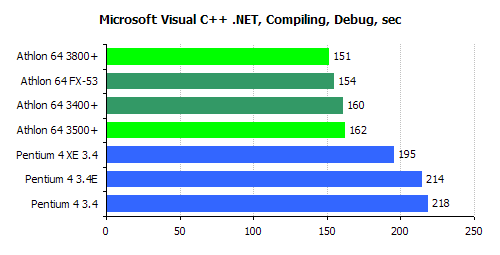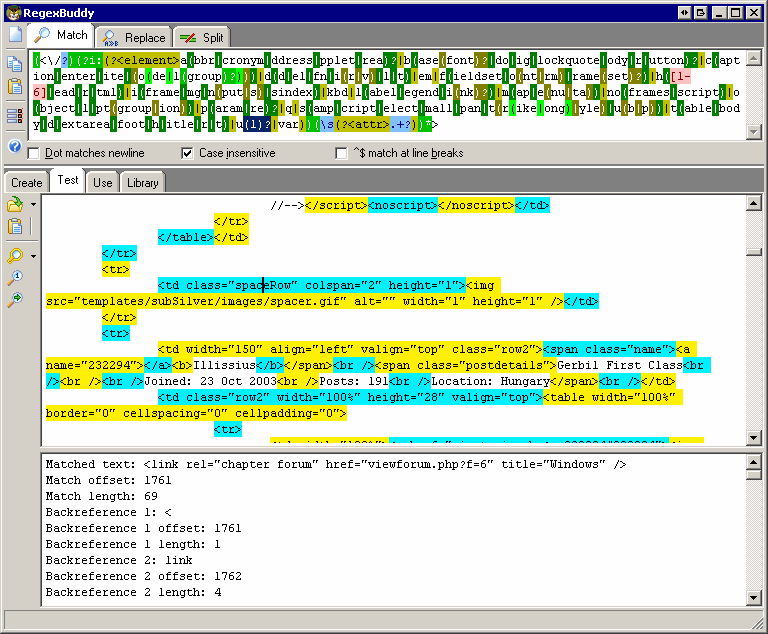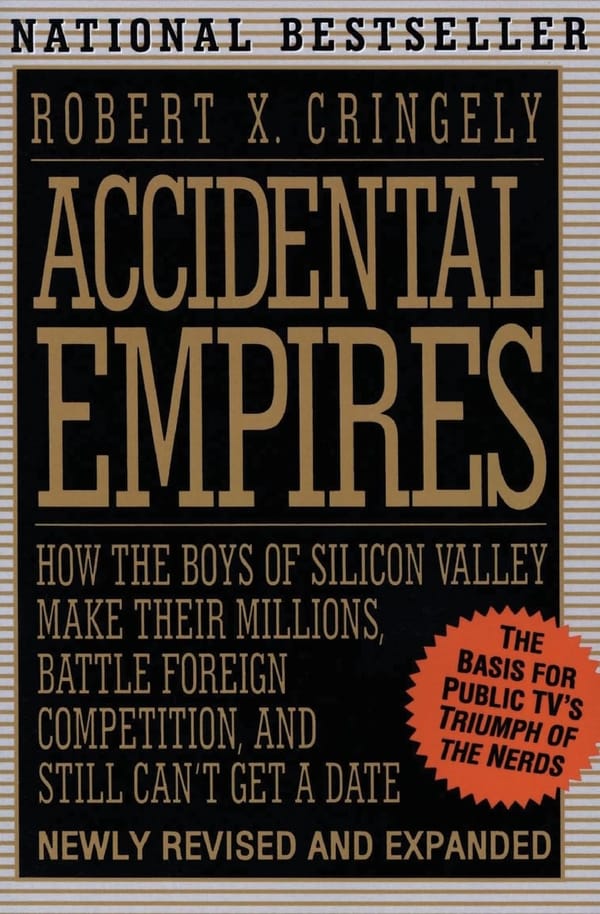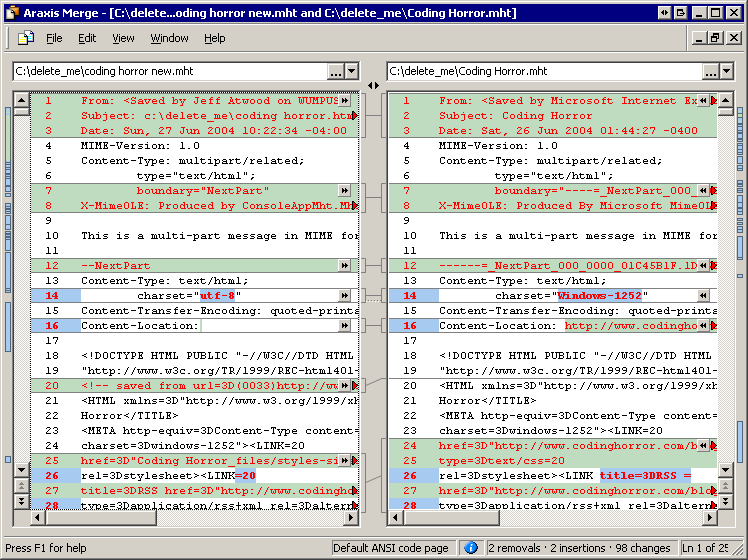software development concepts
Why Objects Suck
There’s been a lot of discussion recently about the Object to Relational mapping problem, which is a serious one. This Clemens Vasters blog entry summarizes it best: Maybe I am too much of a data (read: XML, Messages, SQL) guy by now, but I just lost faith that objects

